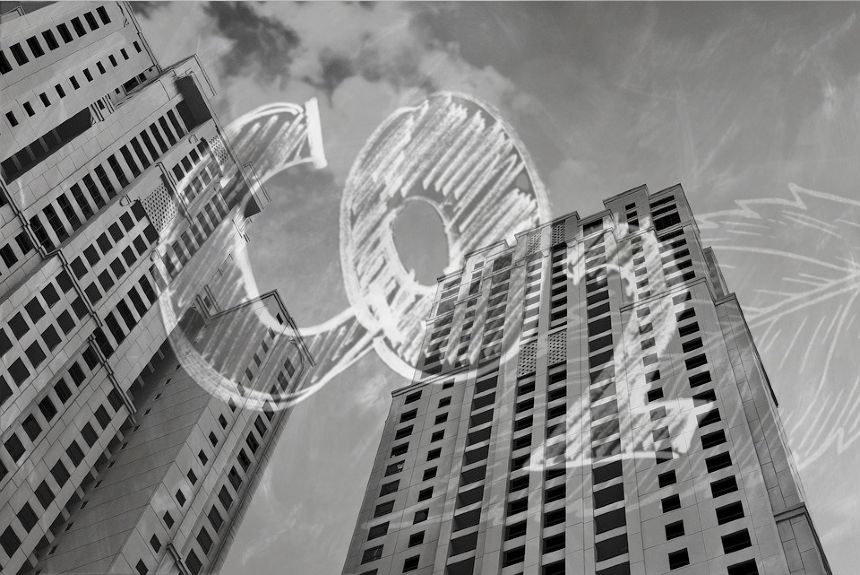With increasing awareness of the negative impact of climate change, many businesses are taking steps to reduce their carbon footprint.
However, carbon reduction activities can sometimes neglect to address embodied carbon or carbon that has already been emitted through materials’ manufacturing, construction, and transportation processes.
Some materials, such as cement and steel, have higher embodied carbon than others unless they are manufactured using low-carbon technologies or processes.
Embodied carbon also refers to the carbon footprint produced during the maintenance of a building, when it is being demolished, or during recycling. It pays to include embodied carbon in carbon reduction plans for businesses aiming to achieve a neutral carbon emission.
Embodied carbon vs operational carbon
Operational carbon emissions are those from your business’s day-to-day operations or emissions from energy, heating, water, and lighting use.
Embodied carbon expected to increase
According to Carbon Cure, embodied carbon is bound to increase with increasing demands for more buildings and infrastructure.
Their data shows that the number of buildings will double by 2060, and embodied carbon will account for 50% of the overall carbon footprint from the construction of new buildings from now until 2050.
An article from the One Click LCA website provides ten practical tips for reducing embodied carbon when constructing a building using a baseline office building design. These tips can reduce a third of your building’s embodied carbon while saving you money on materials.
Click the link for these ten tips: The 10 design commandments for cutting your building’s embodied carbon.
The UK Green Building Council also released a report on reducing embodied carbon in buildings and making them more energy efficient.
The UKGBC is a membership organisation founded in 2007 that aims to ‘radically transform’ the UK’s built environment by reducing buildings’ environmental impact through the use of water, materials, energy, and GHG emissions and enhancing residents’ well-being.
The report has been developed with input from the industry to guide the client sector and developers in understanding their role in reducing embodied carbon within the built environment.
Inside the report
The report contains information on defining embodied carbon and assessing and reducing it. It also presents best practices for reducing embodied carbon through efficient design, procurement of materials, and samples of various building constructions that apply best practices to lower embodied carbon while increasing energy efficiency.
The UKGBC report offers practical help to those involved in the construction, design, and building sectors who want to reduce embodied carbon as part of their net-zero carbon targets or climate adaptation and mitigation strategies.
To read the entire report, click the link below:
Sources:
What is Embodied Carbon? (2020, September 22). Carbon Cure. Retrieved from https://www.carboncure.com/concrete-corner/what-is-embodied-carbon/
The 10 design commandments for cutting your building’s embodied carbon. (2021). One Click. Retrieved from https://www.oneclicklca.com/embodied-carbon-reduction-in-construction/
Tackling embodied carbon in buildings. (2015 February). UK Green Building Council. Retrieved from https://www.ukgbc.org/sites/default/files/Tackling%20embodied%20carbon%20in%20buildings.pdf



Leave a Reply